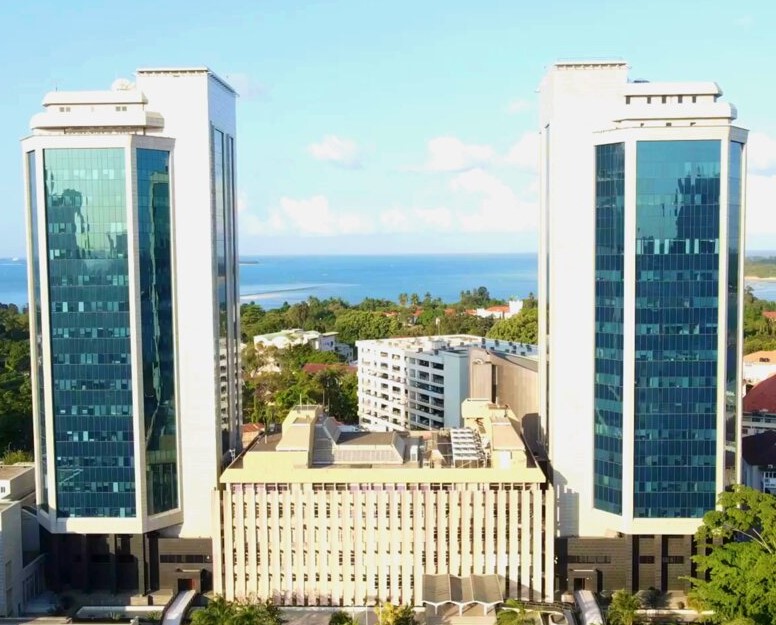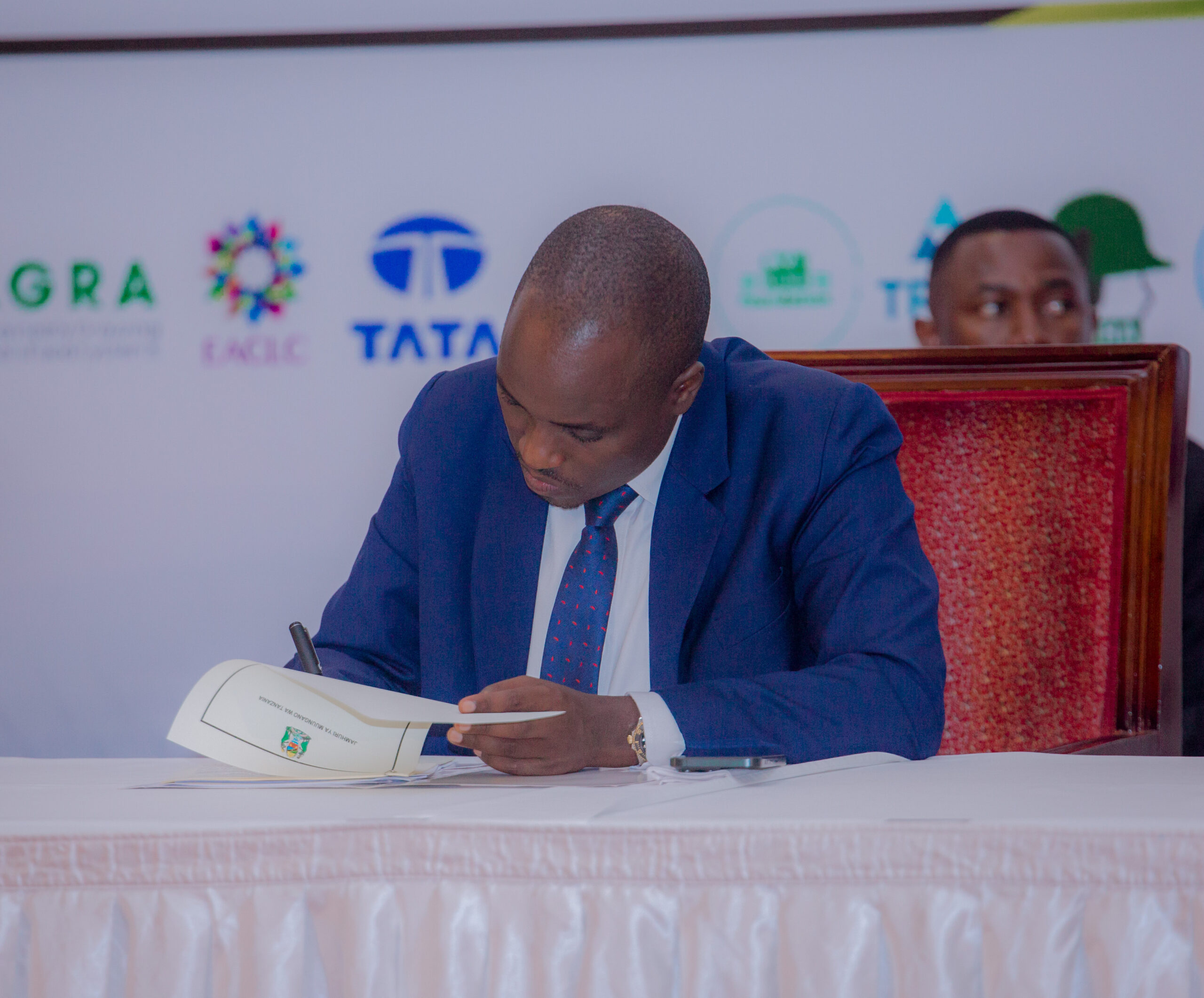Dar es Salaam. President Samia Suluhu Hassan’s four-year leadership has ushered in a period of prosperity for Public Entities and companies in which the government holds minority shares.
Since assuming office on 19 March 2021, President Samia has pursued a vision to transform Tanzania into a nation with highly efficient public institutions that meet international standards.
Her commitment to this vision has been evident through various efforts to enhance the functionality of public institutions.
Under her administration, the government, through the Office of the Treasury Registrar (OTR) led by Mr Nehemiah Mchechu, has initiated major reforms aimed at improving the performance of public institutions.
As part of these efforts, the government has been financially empowering these institutions and creating an enabling environment for them to operate independently, fostering innovation and efficiency.
Notably, over the past four years, the government has increased its investment in public entities and companies where it holds minority interests by 27 percent, with the total number of these entities currently at 308.
Data from the OTR indicates that investment rose from Sh67.95 trillion in the 2020/21 financial year to Sh86.29 trillion in 2023/24.
In this context, President Samia has urged public organisations to support the ongoing reforms aimed at enhancing productivity and enabling self-sufficiency.
During a recent meeting with board chairpersons and chief executive officers (CEOs) of public institutions at the Arusha International Conference Centre (AICC), President Samia said the reform journey in public institutions was ongoing.
“Positive results are already visible, including increased revenue, improved confidence within institutions, and enhanced innovation among executives,” she said.
With the favourable environment established by the sixth-phase government, public institutions are now positioned to expand production and service delivery.
A prime example is the Tanzania Petroleum Development Corporation (TPDC), which has successfully increased its stake in the Mnazi Bay natural gas block from 20 percent to 40 percent.
This transformation extends beyond public institutions to companies where the government holds minority shares.
A notable instance is the Mbeya Cement Factory, where the government, through the OTR, owns a 25 percent stake.
Last October, the government and AMSONS Company entered into an agreement to invest $320 million (about Sh784 billion) in expanding the factory and establishing a new cement plant in Tanga, facilitated by a supportive business environment.
Encouraging public institutions to embrace innovation, President Samia commended the Tanga Water and Environmental Sanitation Authority (Tanga-UWASA) for securing Sh54.72 billion through bonds as an alternative funding source for water distribution and environmental infrastructure projects.
These initiatives demonstrate the government’s response to the need for public institutions to reduce dependency on state funding.
President Samia also expressed appreciation for the State Mining Corporation (STAMICO), which, following significant reforms, has begun generating profits and paying its employees.
As a result of these reforms, in 2023, the government, through the OTR, received Sh3 billion in dividends from Mbeya Cement—its first dividend in a decade.
Mr Mchechu has reiterated his commitment to overseeing reforms in public institutions to enhance their operational efficiency for the benefit of Tanzanians.
“As a government, we are determined to create a conducive business environment and develop friendly policies that encourage investment in the country to strengthen the economy and improve public services,” he said.
He also urged public institution leaders to foster a culture of accountability and ensure the prudent use of public funds.
“The investment of Sh86.3 trillion is substantial. We need to see positive results from this investment,” he emphasised, underlining the importance of conducting thorough research on investments to avoid misusing taxpayer money.
As the reforms initiated by President Samia continue to unfold, several economists have weighed in on their implications for public institutions and the broader economy.
An economist from Mzumbe University, Dr Daudi Ndaki, commended President Samia for her strong emphasis on improving public institutions.
Since taking office, President Samia has been a leading advocate of accountability, innovation, and dedication among public leaders.
“President Samia has shifted the paradigm of public institutions from dependency on the central government to self-reliance in their operations,” Dr Ndaki noted.
He added that this was evidenced by various institutional heads now considering bond financing as a source of operational funding.
Dr Lutengano Mwinuka, an economist from the University of Dodoma, described the past four years under President Samia as a catalyst for strengthening governance and the performance of public institutions, enabling them to contribute effectively to national development.
The President’s ongoing message has been a call for boards and institutional leaders to fulfil their responsibilities with integrity and ensure that the institutions they lead provide quality and productive services to the public.
“There has been a trend of reforms. The President seeks to enhance public institutions, aiming to increase their contributions to the national treasury,” Dr Mwinuka said.
Currently, the contribution of non-tax revenues collected by the OTR from public entities and companies in which the government holds minority shares stands at only three percent of the country’s domestic revenues.
In this context, President Samia has directed these institutions to increase their contribution to 10 percent over the next five years.
The sixth-phase government’s vision is to establish efficient public institutions, even if that requires consolidating or eliminating some entities.
Recently, the OTR conducted an analysis revealing that some institutions were executing outdated roles or duplicating functions with other public entities.
Consequently, recommendations were made, and the government approved the consolidation and elimination of several institutions.
On 15 December 2023, the government announced the decision to merge 16 institutions into seven and dissolve four.
These measures aim to enhance efficiency and effectiveness in public institutions, ultimately contributing to national progress.







